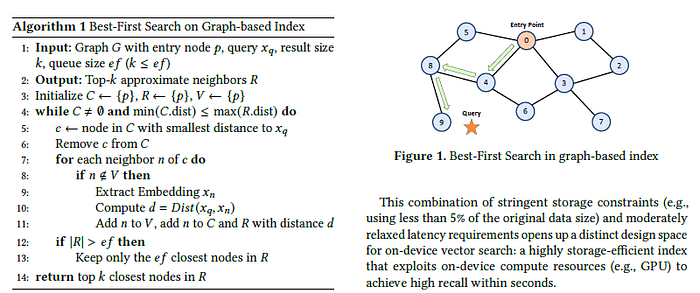Introduction to Explainable AI
Explainable AI (XAI) is a crucial aspect of artificial intelligence that focuses on building AI systems that are not only accurate but also ethical, explainable, and human-centric. As a senior developer, AI architect, or tech leader, it is essential to go beyond accuracy and create AI systems that are transparent, accountable, and trustworthy.
What is Explainable AI?
Explainable AI refers to the ability of an AI system to provide insights and explanations for its decisions and actions. This is particularly important in applications where AI is used to make critical decisions that affect humans, such as healthcare, finance, and education. XAI involves using techniques such as feature attribution methods to understand how the AI system arrived at a particular decision.
Importance of Human-Centric Design
Human-centric design is a critical aspect of XAI. It involves designing AI systems that are intuitive, user-friendly, and aligned with human values and needs. Human-centric design requires a deep understanding of human behavior, psychology, and social context. By incorporating human-centric design principles, developers can create AI systems that are more transparent, explainable, and trustworthy.
Challenges in Explainable AI
Despite the importance of XAI, there are several challenges that developers face when building explainable AI systems. These challenges include:
Technical Challenges
Technical challenges such as the complexity of AI algorithms, the need for large amounts of data, and the requirement for advanced computational resources.
Regulatory Challenges
Regulatory challenges such as the need for compliance with regulations and standards, the requirement for transparency and explainability, and the need for accountability and trustworthiness.
Ethical Challenges
Ethical challenges such as the need for fairness, bias, and discrimination, the requirement for privacy and security, and the need for human values and social context.
Advanced Tools and Methodologies
To overcome the challenges in XAI, developers can use advanced tools and methodologies such as:
Feature Attribution Methods
Feature attribution methods such as SHAP, LIME, and DeepLIFT that provide insights into how the AI system arrived at a particular decision.
Model Explainability Techniques
Model explainability techniques such as model interpretability, model transparency, and model explainability that provide insights into the AI system’s decision-making process.
Human-Centric Design Principles
Human-centric design principles such as user-centered design, co-creation, and participatory design that involve humans in the design process.
Real-World Applications
XAI has several real-world applications in areas such as:
Healthcare
Healthcare applications such as medical diagnosis, patient outcomes, and personalized medicine.
Finance
Finance applications such as credit scoring, risk assessment, and portfolio management.
Education
Education applications such as student assessment, learning outcomes, and personalized learning.
Future Trends
The future of XAI is exciting and rapidly evolving. Some of the future trends include:
Increased Use of Explainability Techniques
Increased use of explainability techniques such as model interpretability, model transparency, and model explainability.
Greater Emphasis on Human-Centric Design
Greater emphasis on human-centric design principles such as user-centered design, co-creation, and participatory design.
Growing Need for Regulatory Compliance
Growing need for regulatory compliance and standards such as GDPR, CCPA, and HIPAA.
Conclusion
Explainable AI is a critical aspect of artificial intelligence that focuses on building AI systems that are transparent, accountable, and trustworthy. By using advanced tools and methodologies such as feature attribution methods, model explainability techniques, and human-centric design principles, developers can create AI systems that are more explainable, transparent, and trustworthy.
FAQs
What is Explainable AI?
Explainable AI refers to the ability of an AI system to provide insights and explanations for its decisions and actions.
Why is Human-Centric Design important in XAI?
Human-centric design is important in XAI because it involves designing AI systems that are intuitive, user-friendly, and aligned with human values and needs.
What are some of the challenges in XAI?
Some of the challenges in XAI include technical challenges, regulatory challenges, and ethical challenges.
What are some of the advanced tools and methodologies used in XAI?
Some of the advanced tools and methodologies used in XAI include feature attribution methods, model explainability techniques, and human-centric design principles.
What are some of the real-world applications of XAI?
Some of the real-world applications of XAI include healthcare, finance, and education.











